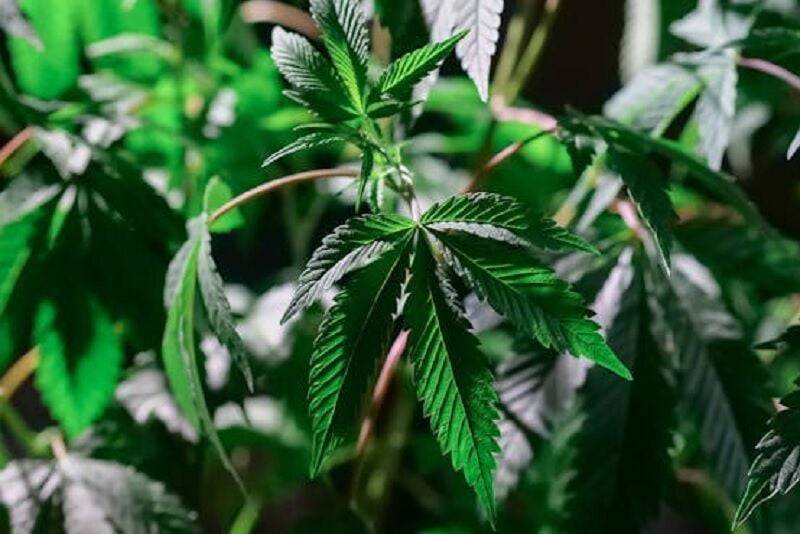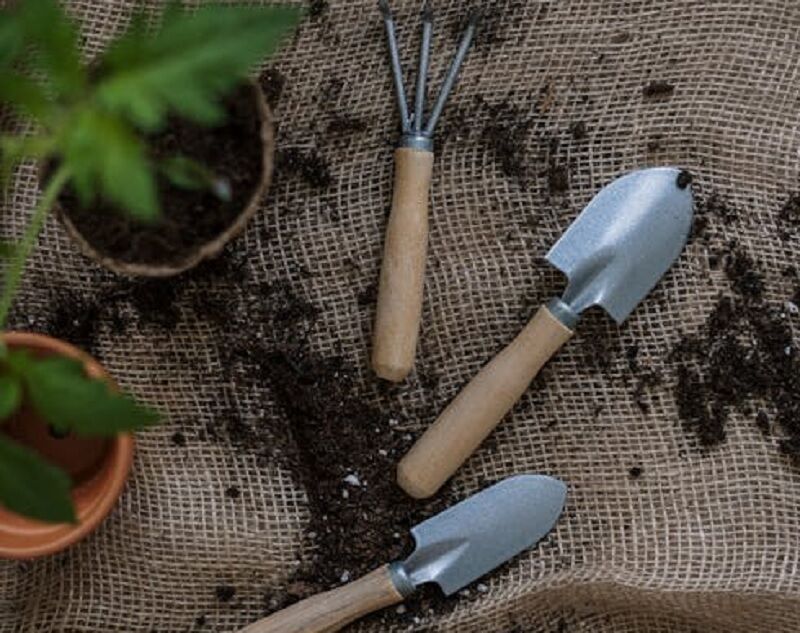How to clone your cannabis plant

The practice of cloning represents a significant advancement in cannabis cultivation, providing the ability to generate numerous plants from a single mother plant. Cloning offers a practical and economical method of preserving the genetic integrity, characteristics, and gender of favoured plants.
Cloning should be considered by anyone interested in cannabis cultivation, as it not only conserves financial resources but also guarantees quality consistency. By engaging in this process, you can ensure an exact replication of your best-performing plants, eliminating risks associated with gender discrepancies or unexpected traits.
This article will delve into the intricacies of cannabis cloning, highlighting its benefits and how it can aid you in propagating your preferred strains efficiently. The following sections will guide you through selecting an optimal mother plant for cloning, the essential tools required for successful cloning, and step-by-step instructions on how to clone your cannabis plant effectively.
Selection criteria for the ideal mother plant
Effective cloning largely depends on choosing a robust and high-yielding mother plant. Understanding the factors involved in identifying and preparing such a plant is crucial for productive cloning.
Significance of plant health
Choosing a healthy mother plant is vital to optimising the potential growth of clones. Since clones are genetically identical to their parent plant, they adopt both the health status of the plant and specific characteristics from their progenitor.
Healthy clones derived from healthy mothers tend to have strong initial development, reducing susceptibility to diseases or pest invasions. Age is another significant consideration affecting clone health; ideally, cuttings should be taken during the vegetative stage between 3 to 16 weeks old, with the fifth week being the most favourable.
Consideration towards genetics
Genetic attributes significantly influence clone potentiality and performance. By electing a high-yielding mother with desirable traits ensures these features are preserved within the clone, providing predictable outcomes.
It’s essential that each new clone is indeed a true genetic copy holding immense significance for maternal genetics; hence, if maximising yield (perhaps considering climates like Thailand), select mothers demonstrating consistently high yields ensure these traits are passed on to the clones. Additional benefits include reduced time spent cultivating from seeds and eliminating gender identification as clones retain their mother’s sex.
Essential tools and supplies for cloning

As you embark upon your cannabis cloning journey, ensure you’re equipped with the necessary tools and accessories. This section provides guidance on two key components for successful cannabis cloning: the cloning medium, and rooting hormones.
Choosing an appropriate cloning medium
Choosing a suitable cloning medium, irrespective of location (Thailand or elsewhere), is crucial for successful cloning. A good medium provides support and favourable conditions for cuttings to develop roots. A popular choice in cannabis cloning is Rockwool rooting cubes due to their excellent water retention capabilities.
Alternatively, moist potting soil can be used for those preferring natural methods; if engaged in hydroponics, even water could serve as a suitable medium.
Usage of rooting hormones
Rooting hormones act as powerful catalysts during the cloning process by stimulating root cell production within plant cuttings, setting the foundation for another thriving plant.
Apply hormone before embedding cuttings into the rooting medium; though available in both gel and powder forms, choose according to convenience but avoid contact between hormone and foliage, which could potentially damage leaves.
Step-by-step guide to cannabis cloning

This section will guide you through the precise process of performing successful cannabis clone creation, starting with taking cuttings, and rooting them, followed by caring for newly cloned plants.
1.Cutting-edge extraction methodology
Cut extraction represents an essential step at the inception of the cloning process, involving the selection of the healthiest branches, ideally possessing two or more nodes, using clean equipment such as gardening shears or scissors.
Make an initial cut above a primary node, followed by another below this node; favouring a 45-degree angle beneath the node enhances the likelihood of success. Immediately place the cutting into the rooting hormone, then growing medium, ensuring the best results.
Choose a healthy branch with at least two nodes. Use a sterilised, sharp blade to cut just below a node at a 45-degree angle. The cutting should be 10-20 centimetres long. Remove the lower leaves, leaving the top pair intact. Immediate placement in water prevents air from entering the stem. Cloning cannabis plants is an effective way to preserve the genetic makeup of a favoured strain, ensuring consistency in your future harvests. The process, while straightforward, requires attention to detail and proper technique to maximise the chances of success. Here’s a comprehensive guide to help you clone your cannabis plant efficiently.
The cutting should ideally be 10-20 centimetres long, allowing enough length for handling while ensuring the optimal amount of nutrients can be stored within the stem. Carefully remove the lower leaves to prevent them from decaying when placed in your growing medium, which could inhibit growth or introduce diseases. Leave the top pair of leaves intact, as these will support photosynthesis, providing energy and facilitating root growth.
2.Root development process
Post-extraction focus shifts towards root development. Here, utilising a good rooting medium, like starter cubes kept in growing trays, is ideal. These trays help conserve evaporated moisture while providing optimal growth conditions.
Various methods exist for rooting fresh cuttings, such as auto cloners, which speed up root growth by spraying nutrient-rich water at cutting bases. Regardless of the chosen method, maintaining proper light exposure – typically 18 hours per day—is crucial during this phase.
3.Caring for new clones
Following successful placement within the growth medium comes the final yet essential step: caring for new clones. Ensure a steady supply of water and maintain consistent humidity levels to promote root growth and prevent wilting. Always ensure a clean environment free from potential threats such as mould, mildew or diseases to prevent loss of clones.
Upon successful rooting, clones enter the critical transplanting phase, followed by aftercare. Both timing and acclimatization towards new conditions are important.
4.Transplant timing considerations
Ideal transplantation time aligns with conventional gardening practices, i.e., when roots have robustly developed, usually between 1-3 weeks post-cutting, depending on strain and clone-rearing conditions.
Initial transplantation into pots no larger than 2 gallons can accelerate rooting times; however, bigger pots extend periods before further transplants become necessary. The choice depends upon cultivation methods and end goals.
5.Acclimatising Clones to new conditions
Upon planting your clone in new soil or soilless mix, consider dipping cuttings in biostimulant or organic fungicide prior to sticking, offering protection against pests/diseases, hydration addition, and optimal growth priming as adopted from conventional horticulture.
For indoor-grown clones, consider integrating automated propagation systems outfitted with nutrient-spraying mishmash/humidity misters to scale up clone nurturing, although adjustments will be needed regarding misting schedules/light intensity, particularly past the 14–21-day mark once robust roots appear.
Manual enthusiasts should not forget hydration importance and proper light exposure. Aftercare is an observational process requiring adaptation to the plant’s needs until it becomes fully established
Dealing with common pests/diseases

During cloning, plants could become vulnerable to pests/diseases. Preventive measures are necessary, starting off with healthy disease-free mother plants and dipping cuttings in organic fungicide/biostimulant before sticking, helping combat potential diseases, boosting immunity, and aiding hydration.
If signs of pests/disease appear, intervene quickly, utilizing organic insecticides/fungicides while also isolating affected clones and preventing their spread to others. Cannabis cloning may seem challenging, however, when done properly, rewards are significant, paving the path towards consistent quality cannabis clone production.
You can also check out, How to set up an organic cannabis farm in Thailand, Armed with insider know-how and the right connections, you’ll discover that Thailand is not just fertile soil for growing cannabis—it’s ripe for blossoming your business dreams too. Take inspiration from certified cultivators, setting sky-high benchmarks in cultivation and compliance, where safety and quality reign supreme.
Latest Thailand News
Follow The Thaiger on Google News:


























